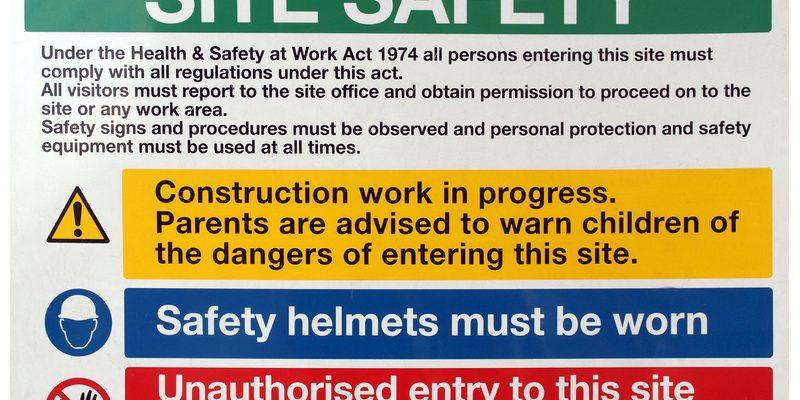In the intricate dance of modern finance, where opportunities and uncertainties waltz in tandem, the ability to discern potential from peril is paramount. Welcome to the realm of credit risk strategy—a domain where foresight and precision converge to safeguard financial stability. In an era marked by rapid technological advancements and evolving market dynamics, crafting a robust credit risk strategy is not merely a prudent exercise but a critical imperative. This article delves into the art and science of developing a credit risk strategy, offering a comprehensive guide to navigating the complexities of credit assessment, risk mitigation, and strategic decision-making. Whether you’re a seasoned financial professional or an aspiring strategist, join us as we unravel the intricacies of this vital discipline, equipping you with the tools and insights needed to master the delicate balance between risk and reward.
Understanding the Fundamentals of Credit Risk
At the core of any effective credit risk strategy lies a deep comprehension of its fundamental principles. Credit risk refers to the potential that a borrower will fail to meet their obligations in accordance with agreed terms. To mitigate this risk, it’s crucial to assess the creditworthiness of borrowers, which involves evaluating their financial history, current financial status, and future earning potential. A well-rounded strategy not only considers these elements but also incorporates external factors such as economic conditions and industry trends. This multi-faceted approach helps in predicting potential defaults and implementing preventive measures.
- Credit Analysis: A thorough examination of a borrower’s credit history and financial statements.
- Risk Assessment: Evaluating the probability of default and potential loss severity.
- Risk Mitigation: Implementing strategies such as collateral requirements and credit insurance.
- Monitoring and Review: Continuous oversight of credit portfolios to identify emerging risks.
By mastering these fundamentals, financial institutions can craft a robust credit risk strategy that not only safeguards their assets but also enhances their decision-making capabilities. This proactive stance is essential in today’s volatile financial landscape, ensuring resilience and sustained growth.

Crafting a Comprehensive Risk Assessment Framework
In the intricate landscape of credit risk management, establishing a robust framework is pivotal. A comprehensive risk assessment framework serves as the backbone of any effective credit risk strategy, ensuring that potential pitfalls are identified and mitigated before they impact the bottom line. Begin by defining clear objectives that align with your organization’s risk appetite and strategic goals. This will provide a solid foundation upon which all subsequent actions are built.
Next, employ a multi-faceted approach to risk identification and evaluation. This includes:
- Data Analysis: Utilize advanced analytics to scrutinize historical data and predict future trends.
- Scenario Planning: Develop hypothetical scenarios to understand potential risks under different market conditions.
- Stakeholder Engagement: Collaborate with key stakeholders to gain diverse insights and foster a culture of risk awareness.
Incorporating these elements into your framework will not only enhance risk visibility but also empower your organization to make informed, strategic decisions. By continuously refining your approach, you can ensure that your credit risk strategy remains resilient in the face of evolving challenges.

Leveraging Data Analytics for Informed Decision Making
In the realm of credit risk strategy, harnessing the power of data analytics is pivotal for making astute decisions. By analyzing historical data, financial institutions can unearth patterns and trends that provide insights into borrower behavior and creditworthiness. This process involves a meticulous examination of various data points, such as payment history, income levels, and existing debt obligations. Predictive analytics tools can then be employed to forecast potential risks, enabling organizations to preemptively address issues before they escalate. By leveraging these insights, financial entities can tailor their credit offerings to better suit the needs of their clientele while minimizing exposure to default risks.
Key components of an effective credit risk strategy include:
- Data Integration: Consolidating data from multiple sources to create a comprehensive view of each borrower.
- Risk Modeling: Utilizing statistical models to assess the probability of default and loss given default.
- Continuous Monitoring: Implementing systems for ongoing assessment of credit risk, allowing for real-time adjustments.
- Scenario Analysis: Simulating various economic conditions to understand potential impacts on credit portfolios.
By integrating these elements into their strategic framework, organizations can not only enhance their risk assessment capabilities but also foster a culture of informed decision-making, ultimately driving sustainable growth.
Implementing Robust Monitoring and Mitigation Strategies
In the dynamic landscape of credit risk management, the implementation of robust monitoring and mitigation strategies is essential to safeguarding financial health. To achieve this, institutions must harness the power of advanced analytics and real-time data tracking. By integrating sophisticated algorithms, financial entities can predict potential credit defaults before they occur, allowing for proactive intervention. This involves continuously assessing borrower profiles, market conditions, and economic indicators to identify emerging risks.
- Automated Alerts: Utilize technology to set up alerts for any deviations from expected payment patterns or significant changes in credit scores.
- Regular Stress Testing: Conduct stress tests under various economic scenarios to understand potential impacts on credit portfolios.
- Dynamic Risk Adjustments: Implement systems that allow for real-time adjustments to credit limits and terms based on evolving risk assessments.
Furthermore, a well-defined contingency plan is vital. This should include predefined actions for different risk levels, ensuring swift and effective responses to mitigate potential losses. By embedding these strategies into the core of credit risk management, institutions not only protect their assets but also build resilience against unforeseen financial challenges.





